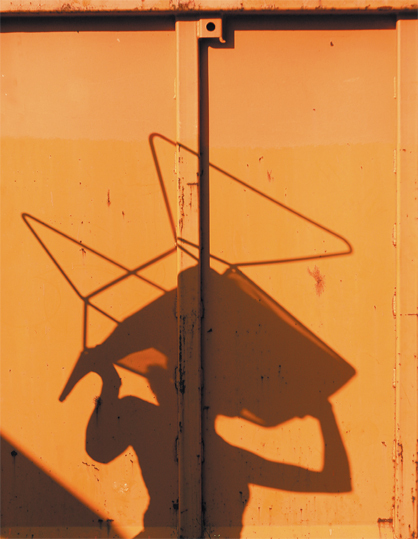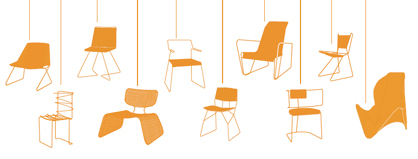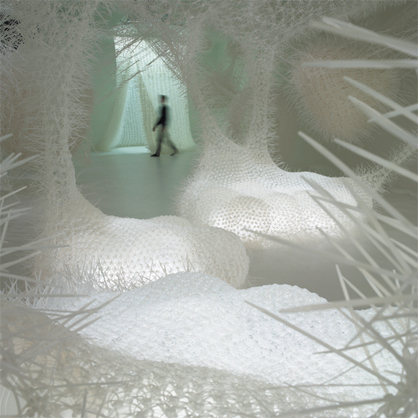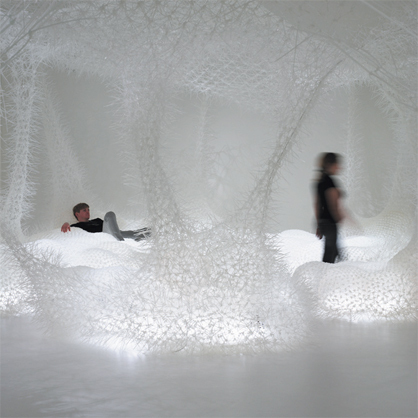'Wire chair' and 'The third room'
Texto por Nora Schmidt
Berlin, Alemania
31.10.08
The Akademie der Bildenden Künste München exhibits at the Designers´Saturday
Design within clearly defined limits is a popular creative method which often produces results which are surprisingly impressive. The students studying interior design at the Munich Academy of Fine Arts have now been tested in two ways simultaneously. In their semester project entitled "wire chair" steel wire was specified as the material, with a simple manual bending device as the only tool.
Steel wire is highly suitable for quick and uncomplicated bending into a basic framework. This means that a physical model can quickly be created as a kind of three-dimensional sketch. Such a full-scale model enables the designer to experience and experiment with the limits and possibilities of the material.
At this year's Designers´ Saturday in Langenthal (8/9 November 2008) the outstanding work created by 10 students will be presented at the 'Alte Mühle'.
The installation " The third room" is a collaboration among the departments of interior design, product design and outdoor design, and was created specially for the occasion of the 200th anniversary of the Academy of Fine Arts at the Pinakothek der Moderne. During Designers´ Saturday it will also be on display at the 'Alte Mühle'.
Visitors enter into an abstract/concrete light/landscape, can sit alone or in pairs in one of the birds nests which are suspended from the ceiling, stand under a shower of light or playfully experience the archaic situation of hut and hearth in a tent woven from a fabric resembling a spider's web. Cable ties provided the basic material for the installation. Patterns, connections and weaves were researched and the design for the exhibit was developed in teams. The sensuous qualities, robustness and flexibility of this previously unrecognised material are surprising.
The 52 students in the course not only designed this 200 m_ sized exhibit but also constructed it in 16,870 hours out of 1,292,300 recyclable cable ties, which they knotted, wove and tied with their own hands.







